Leveraging core enzyme structures for microbiota targeted functional regulation: Urease as an example
Recently, researchers from the Milk Research Innovation Team of Institute of Animal Science, Chinese Academy of Agricultural Sciences (IAS-CAAS) developed a microbiome-targeted functional regulation method driven by dominant enzyme structures. They identified and characterized a dominant urease from cow rumen microbes and obtained a novel plant-derived urease inhibitor, providing guidance for the efficient utilization of urea feed and targeted functional modulation of microbial communities. The related findings were published in iMeta.
Microbial communities play a crucial role in various ecosystems. Despite extensive research on their taxonomic and functional diversity, effective techniques for precisely regulating microbial functions remain limited. Meanwhile, rumen microbiota in ruminants are central to dietary nutrient metabolism, animal health, and production. However, ureases secreted by urea-degrading bacteria often exhibit excessive activity, leading to nitrogen wastage. Thus, there is a need for novel targeted regulation technologies to efficiently inhibit urease activity.
The researchers proposed an innovative approach integrating dominant enzyme identification, protein structural characterization, virtual inhibitor screening, and functional validation to achieve precise regulation of microbiome functions. To validate this method, they focused on regulating urea hydrolysis by rumen microbial ureases in dairy cows. Through metagenomic analysis, they identified a dominant urease gene and its microbial genome (MAG257), discovering a novel genus from the Succinivibrionaceae family. They reconstructed the complete urease gene cluster and urea metabolic pathway. Cryo-electron microscopy analysis of the urease catalytic subunit (UreC) revealed key amino acids in its active site, and molecular docking screening identified a highly efficient plant-derived urease inhibitor. Validation using an artificial rumen simulation system demonstrated that the inhibitor epiberberine binds to the urease active center, blocking urea access, thereby reducing urea hydrolysis rate and improving nitrogen utilization efficiency. This study elucidated the structural mechanism of urease inhibition. Thus, the research established a technical framework combining structural biology and virtual screening to achieve targeted regulation of microbiome functions. The newly identified urease inhibitor supports national demands for reducing soybean meal use in cattle and sheep production.
Original link:
https://onlinelibrary.wiley.com/doi/full/10.1002/imt2.70032
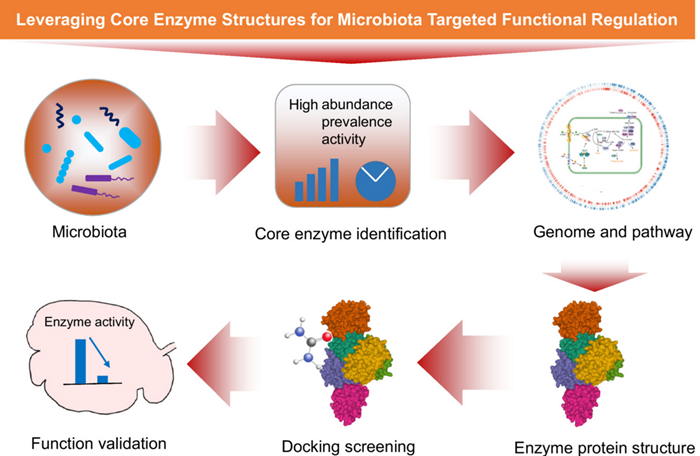
-
 Apr 25, 2025CAAS President Meets Director General of IAEA
Apr 25, 2025CAAS President Meets Director General of IAEA -
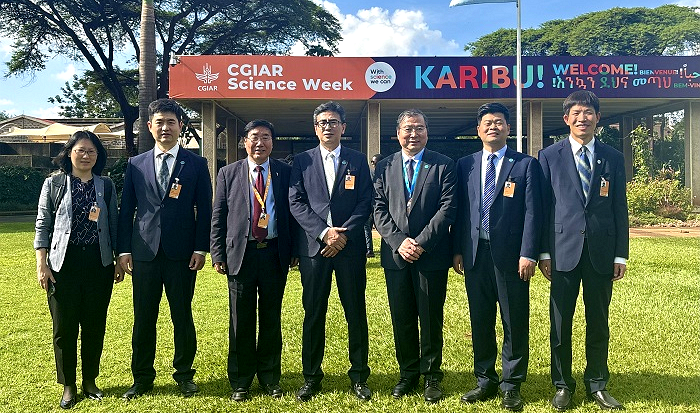 Apr 25, 2025CAAS Delegation Attends CGIAR Science Week 2025
Apr 25, 2025CAAS Delegation Attends CGIAR Science Week 2025 -
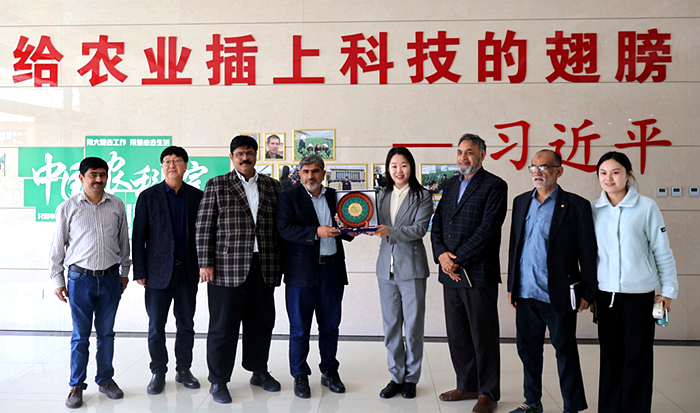 Apr 25, 2025Delegation Led by CEO of Punjab Agricultural Research Council Abid Mahmood and Vice Dean of PKU Advanced Agricultural Research Institute Zhang Xingping Visits Shouguang R&D Center of CAAS
Apr 25, 2025Delegation Led by CEO of Punjab Agricultural Research Council Abid Mahmood and Vice Dean of PKU Advanced Agricultural Research Institute Zhang Xingping Visits Shouguang R&D Center of CAAS -
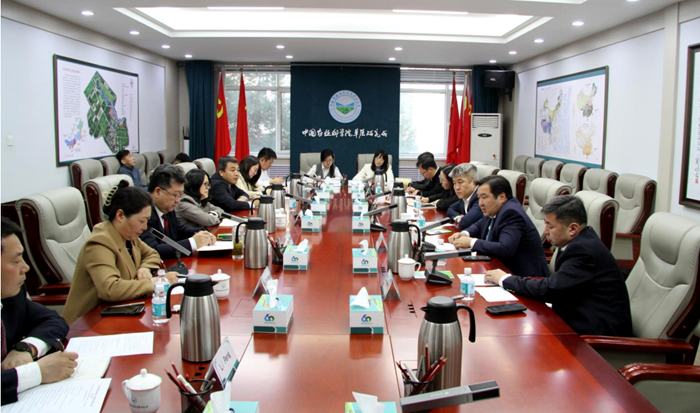 Apr 11, 2025Strengthening China-Mongolia Grassland Cooperation to Build a Cross-Border Green Ecological Barrier
Apr 11, 2025Strengthening China-Mongolia Grassland Cooperation to Build a Cross-Border Green Ecological Barrier -
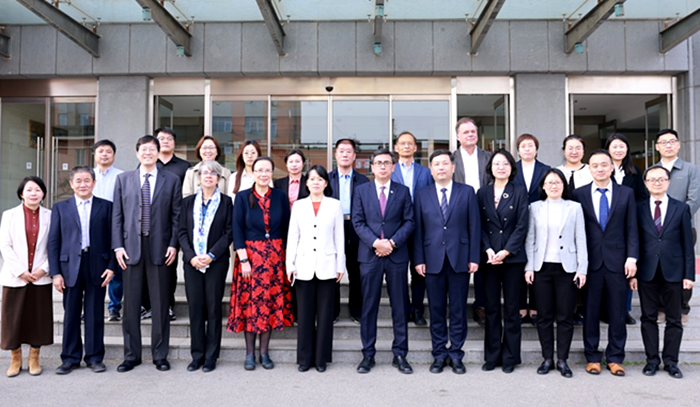 Apr 03, 2025CAAS and CABI Forge a New Chapter in Strategic Cooperation
Apr 03, 2025CAAS and CABI Forge a New Chapter in Strategic Cooperation
